FY FAEN SÅ DIGITAL!
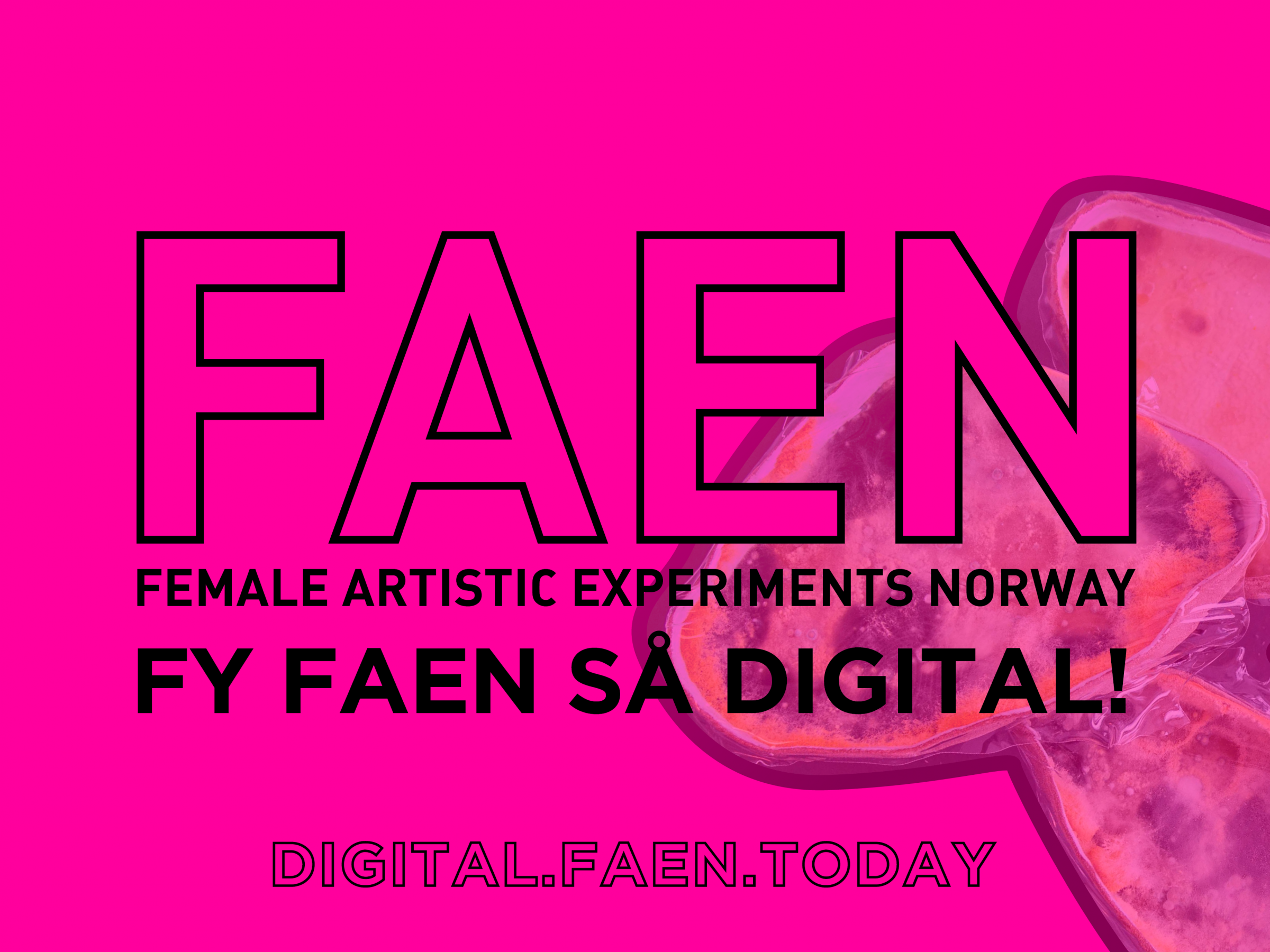
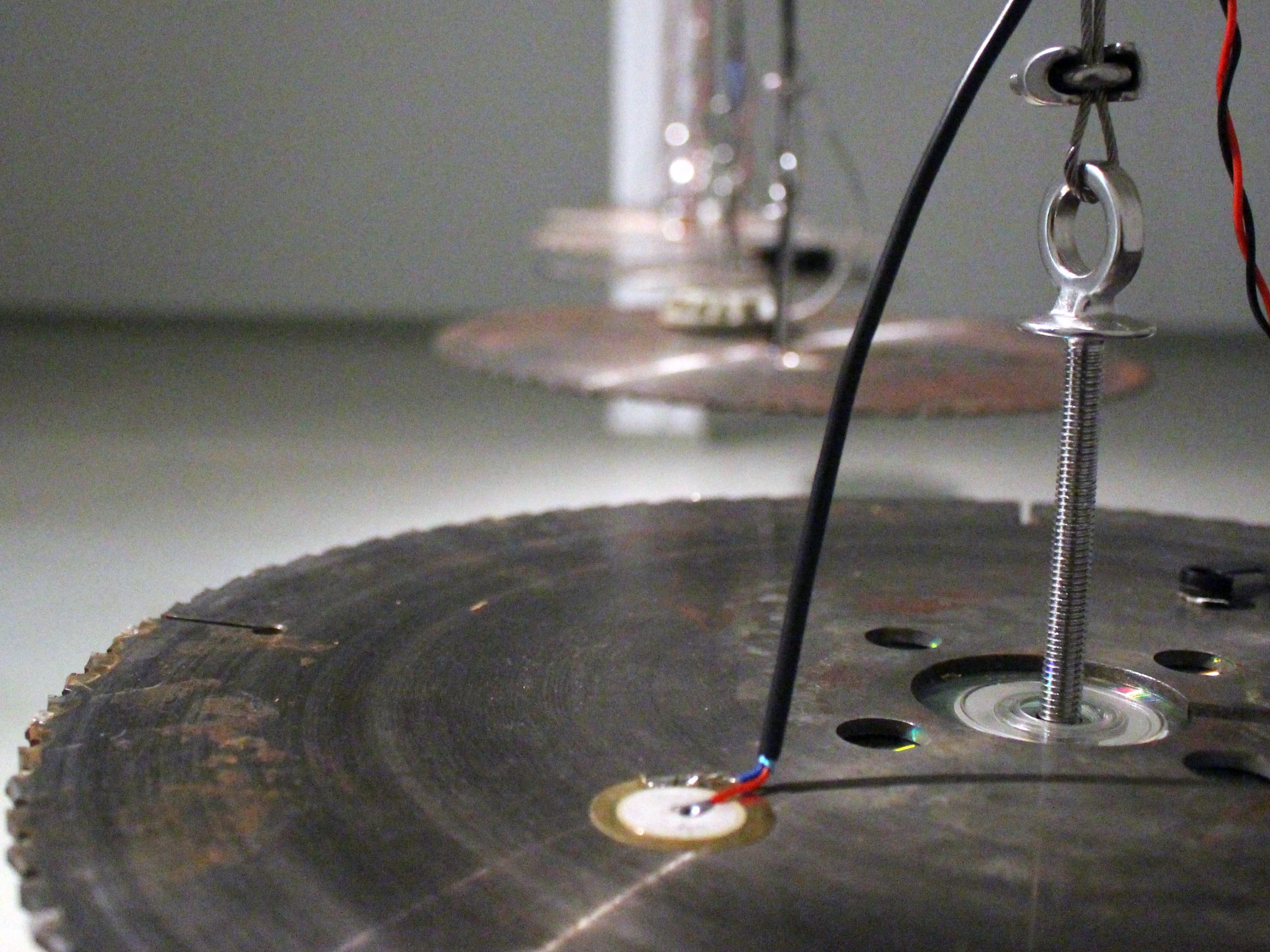
SOLO EXHIBITION @ TEKS.studio / September 26 – October 25, 2020
Curator: Espen Gangvik
EIRIK HAVNES [no]
THE AGREEMENT
THE AGREEMENT is a part of Havnes’ series of feedback themed installations, where every installation uses feedback both as a sound source, and as a representation of different processes within our surrounding world..
This time it is the echo chamber that is thematized, and how we change opinions based on who we talk to, or how we through social media, or social situations, often are presented with opinions we already hold.
Every saw blade is mounted with a contact speaker and a contact microphone, closing a feedback circle that makes the blade vibrate with it’s own resonance frequency. When several of these saw blades are connected in different constellations, in different “conversations” so to speak, they constantly try to find frequencies they all can agree on, new tones they have in common.
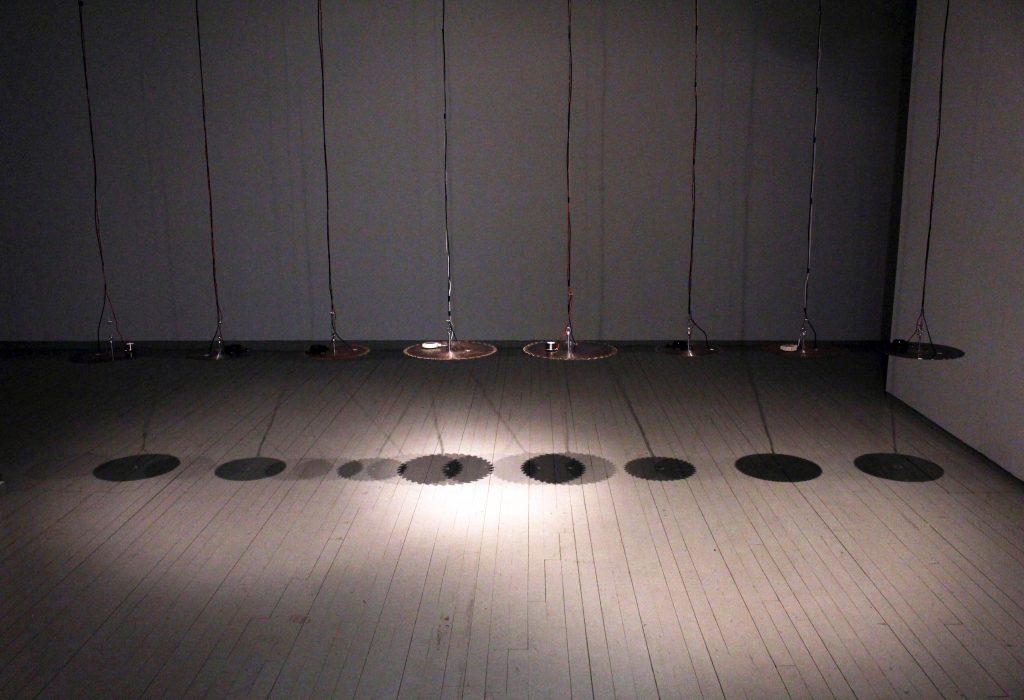
Photo by courtesy of the artist
Eirik Havnes (b.1989)
Eirik Havnes is an artist, composer, musician and poet from Ålesund, with a background from Music Technology at NTNU in Trondheim.
He focuses on producing sound on the fringe of genres and technical barriers, with a playful approach to conceptuality and perception.
Feedback has been in the centre of his works for a long time, both as a concept and as a sound source; incorporating both into his installations and musical works. The same can be said about his use of sonification; the art of translating data or concepts into sound, to give the audience a different and auditive perspective on the subject in matter. Havnes has exhibited in arenas such as Trøndelag Senter for Samtidskunst, Bomuldsfabriken, Heimdal Kunstforening, Høstscena, Lydgalleriet, Meta.Morf (2014) and have released a number of records. Most recently, he has been the subject of the documentary Polyfonatura (2019), where director Jon Vatne has been following Havnes over the course of 4 years, while he is composing a cinematic score solely based on field recordings.
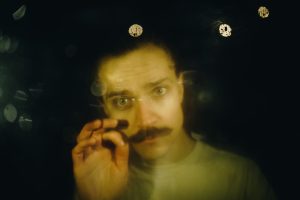
Photo: Odin Jæger, VG
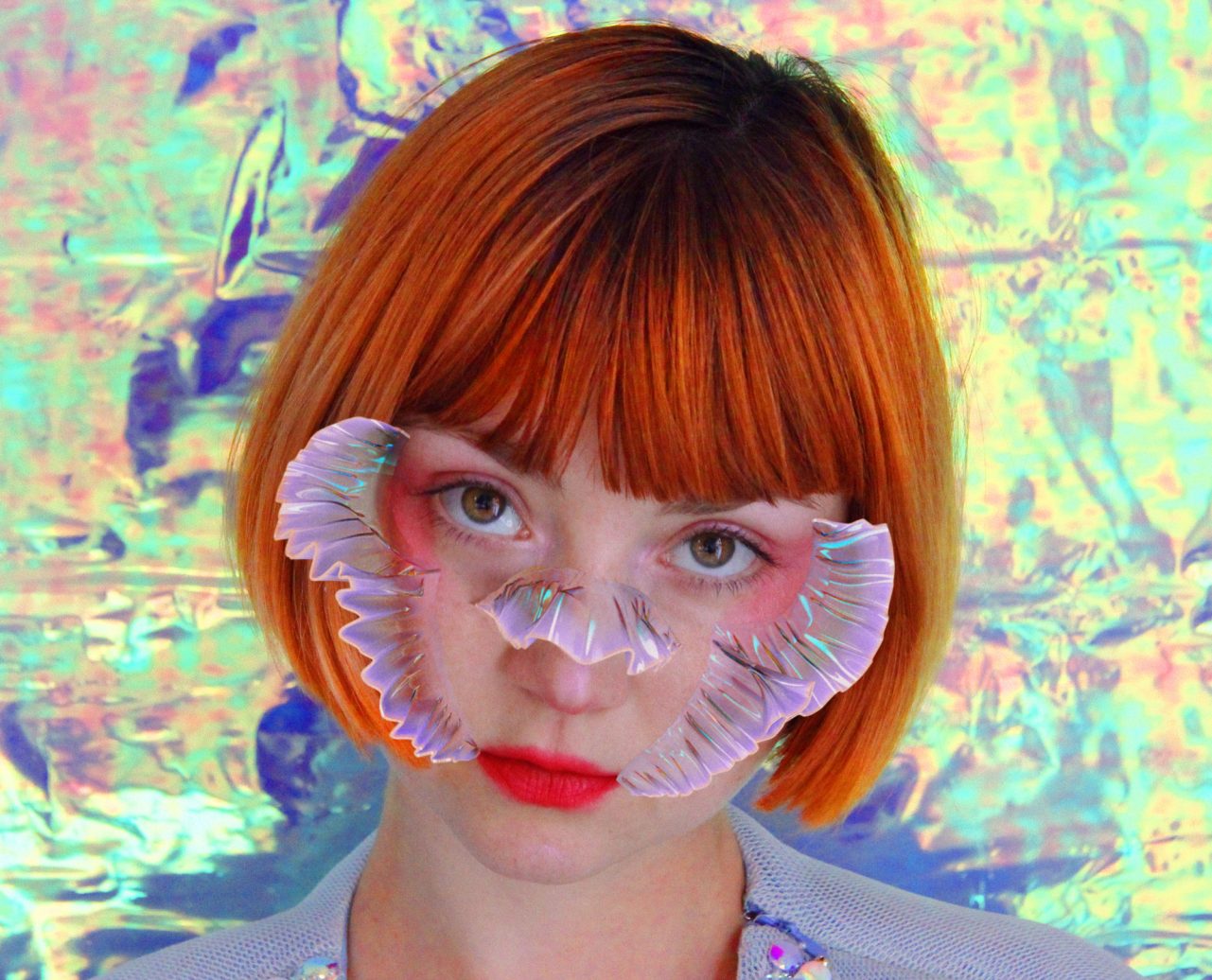
SOLO EXHIBITION / POP-UP @ TRONDHEIM TORG September 18 – 19 / NORDENFJELDSKE KUNSTINDUSTRIMUSEUM, September 22 – November 1, 2020 / Curator: Steffen Wesselvold Holden
INES ALPHA [fr]
VIRTUAL JEWELLERY AND 3D MAKEUP
In today’s, and more importantly tomorrow’s society, people will express an ever-expanding desire to transform themselves. The illusions are everywhere. Using automated social media filters, advanced makeup technics or plastic surgery. I consider my work to be an exaggeration of that worldwide trend and I’m trying to imagine what an absolute aesthetic freedom of one’s appearance would look like. This is why my goal is to encourage a fun and creative approach to makeup and self-expression. We need to de-dramatize beauty. I love collaborating with people who inspire me. To me, there is nothing better in this world than finding the right artistic connections. Uniting different skills, styles and backgrounds. Their visual universe and their faces and features inspire me. The way they dress and present themselves to the world, sometimes it’s their beauty, sometimes it’s something I really can’t explain. My dream is to develop an app where everyone can wear my 3D makeups in the most realistic way. I truly looking forward to the day where we will all be wearing contact lenses to see an augmented world with our own eyes.
At present the “3D makeup series” constitutes Ines Alpha’s main body of work, where she pushes the boundaries of makeup, working on “digitalised” bodies, allowing for more freedom with the concepts of beauty.
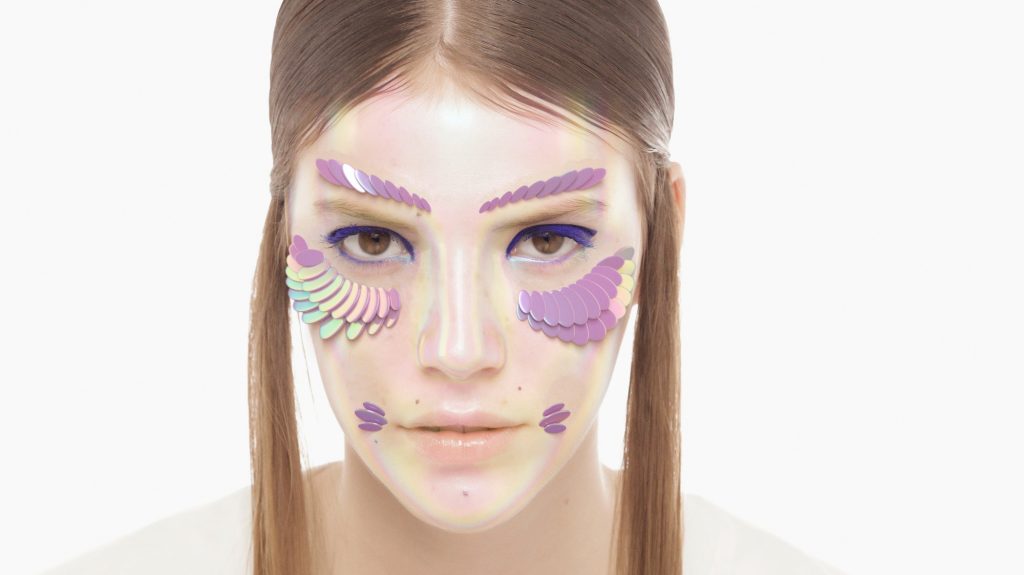
Ines Alpha (b. 1985) is a 3D artist based in Paris. She started experiencing with 3D while working as an art director in advertising, specialised in beauty and luxury. Her first encounters with 3D was when she started making mock-ups for HD still lives and cosmetics. Through this process she also discovered the boundaries of CGI and the limitless possibilities in the technology. She enrolled into several learning programs and learned 3D through video tutorials on how to make organic iridescent blobs and weird creatures. The result of this autodidactic apprenticeship was the unification of 3D and makeup.
Her first notable 3D work was the “Baby F-16″ videoclip, an AR experiment she made with the artist Panteros666. Their next collaboration was the music video “Clear,” featuring Woodkid. In their last project, “Meteociel,” which is an experimental travel vlog, they have envisioned unexpected encounters with a digital pet. Amongst her recent collaborators we can find Lil Miquela (virtual influencer), Munroe Bergdorf (model, activist), Asung Ko (actress), Melovemealot or MLAM (artist, MUA), Sheidlina (artist, model), Yelle (music), Salvia (make-up artist/ performer), Charlotte Free (Chanel model), Roy Woods (music) and Tiggy Thorn (MUA, artist, club kid).
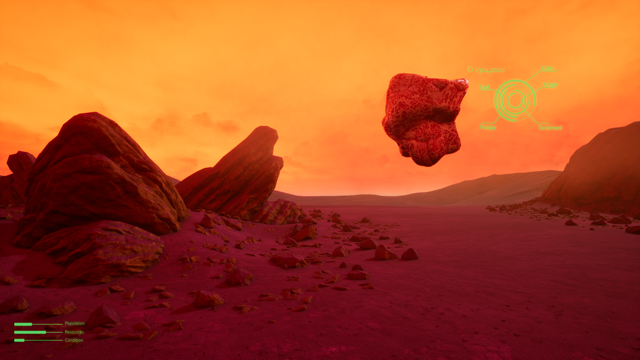
SOLO EXHIBITION @ BABEL VISNINGSROM FOR KUNST / October 2 – 18, 2020 /
Curator: Lena Katrine Sokki
MARTINUS SUIJKERBUIJK [nl]
PATER_NOSTER_2020
The project Pater_Noster_2020 displays a network of algorithms and media that gives a comprehensive look of what goes on behind the extractive processes and production of ‘Big Data’. The main elements of the spatial multi-media installation Pater_Noster_2020 are two generative real-time animations. The first is a morphing portrait comprised of the visitors of the exhibition. The second is an agent based simulation (ABS) consisting of interacting artificial intelligence agents (blobs), that are generated through extracted emotional profiles from the visitors.
In advance of the exhibition a dataset is collected and labelled by scraping algorithms and collecting ‘in the wild’. Also during the exhibition the emotional state of the visitor will be collected.
Upon entering the exhibition the portrait of the visitor will be captured through facial recognition. From the collected portraits an emotional profile is generated through a facial expression recognition algorithm, but with full integrity to the anonymity of the subjects encountered. Only their emotional profile is captured and not their identity.
The extracted emotional profiles are processed through two channels in the installation. In the first channel every profile is converted to a behaviour tree for one of the blob and imported in a bespoke virtual world. Each blob has a distinct behavioural profile and appearance. These characteristics are determined by each individual profile captured from the visitor. How the blobs respond to each other depends on the emotional states collected from the visitor of the exhibition.
In the second channel all the collected portraits transpose, and accumulate into a real-time animation of a portrait called the Demiurge. The Demiurge is a concept in Platonic philosophy as the creator of the physical world. The figure in the animation is generated through a generative adversarial network (GAN). The latter is a form of deep learning that makes it possible to ‘shape- shift’ between different faces.
This animation is played in a continuous loop that morphs between all captured portraits in a new fluid identity and is complimented with a generative soundscape.
The project has become involved with what Shoshanna Zuboff has called ‘surveillance capitalism’: a new stage of capitalism where the accumulation of wealth has been directed to human behaviour and experience as a raw material to generate profits. The algorithmic processes operating in the installation expose the effective idea of consumer profiling: the reduction of real world complexity i.e. human behaviour to tractable (consumer) data patterns. It shows that when life itself is reduced to a parametric space, it becomes susceptible to control and manipulation.
Furthermore, the feedback loop between individual (the Demiurge) and community (Blobs) gives us a warning of what ‘social’ media cultivates: an attention economy where a fool’s opinion can take on mythological proportions.
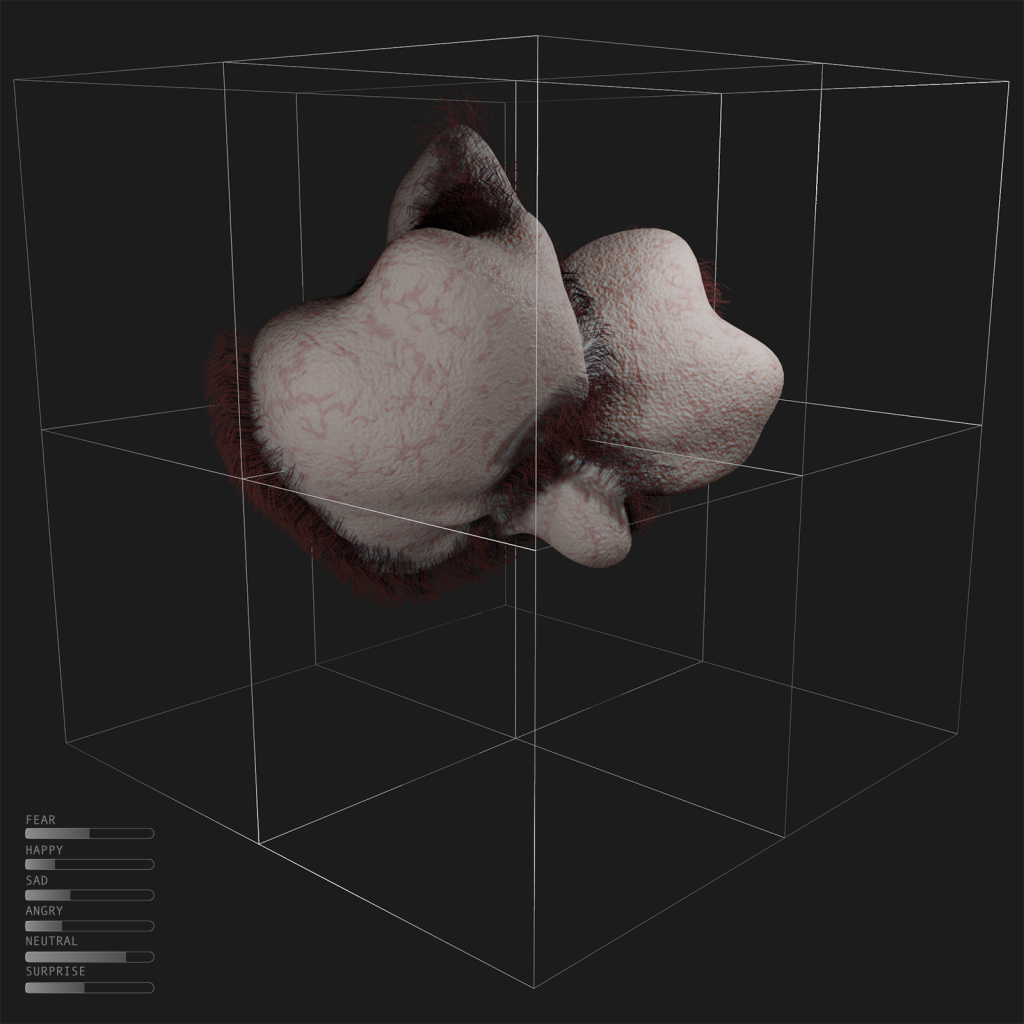

Photo: Hiske Athena
Martinus Suijkerbuijk’s diverse background forms the blueprint of his artistic practice. He holds a degree in Automation Engineering and Industrial Design. In 2017 he graduated from the International MFA program at the Trondheim Academy of Fine Arts where he also recently started his PhD.
His work is best understood as an experimental practice that connects, translates and operates across the borders of different media, artistic genres and disciplines.
Within his practice he continues to explore the fringes of art, technology and philosophy and probes new terrains for intersection within the potential of alliances and collaborations.
His focus on artificial intelligence accelerated during his MFA and together with his technical background has enabled him to work across industries. He has been invited to present his research and work at art institutions as well as technology conferences (CHI 2018). Moreover, parallel to his art practice he has maintained a freelance career consulting creative agencies on the potentials and pitfalls of digital technologies.
Presently his artistic research revolves around the topic of Critical Data Collection that probes novel ways of data collection to build solid digital- infrastructures for the future.

SOLO EXHIBITION @ TRØNDELAG SENTER FOR SAMTIDSKUNST / September 24 – November 1, 2020 / Curators: Lars Skjelbreia, Tovelise Røkke-Olsen, Randi Martine Brockmann
ANNIKA BORG [no/se]
PUNKT.KONTINUUM
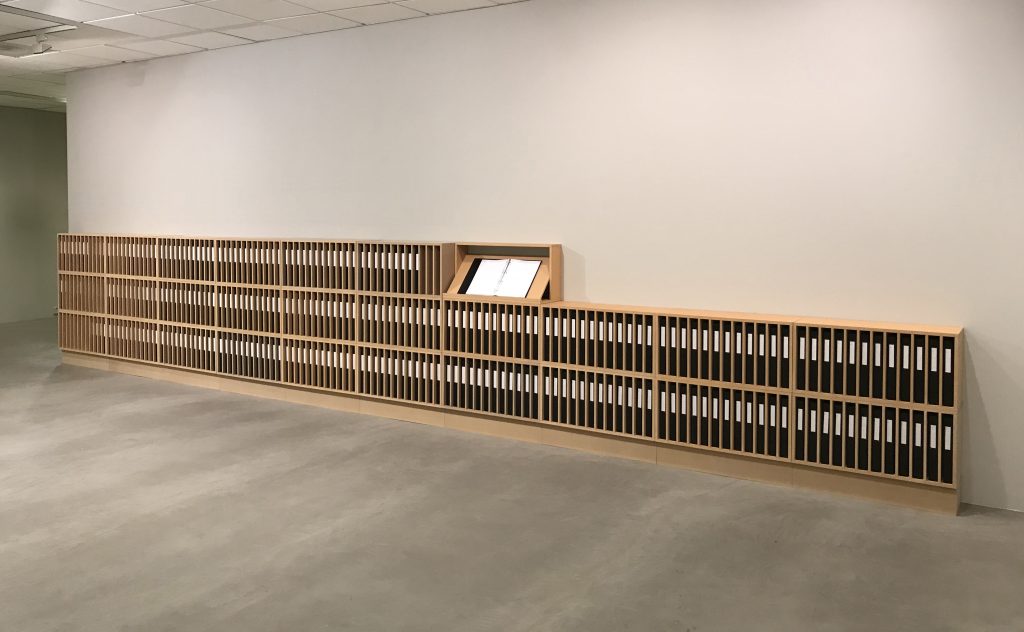
In the exhibition ”punkt.kontinuum” (point.continuum) at Trøndelag Centre for Contemporary Art the Norwegian conceptual artist Annika Borg presents her lifework “one and one hundred dice rolls a day” – a project that has spanned the course of 25 years. It began in September 1994, while Borg was a student at the art academy, and for the past two and a half decades she has rolled a set of six dice simultaneously, 101 times every day.
The dice is a small object that represents coincidence by generating random numbers. This element of chance is combined with a specific set of rules. Borg has, like most conceptual artists in the 1960s, outlined a fixed instruction for how the project is to be carried out: “Every day a set of six dice are rolled. Once each morning, followed by one hundred times later the same day. For every dice roll the combination of numbers is written down. Every dice is marked and has its fixed place in the order.” The numerical combinations that unfolds are gathered in a steadily growing archive: one post a day, one bound volume a month, one section of a shelf per year. The exhibition presents what with time has become a large installation of this material.
Inspired by the eye of the dice, the dot became the first shape that the material was translated into. The dot usually marks a conclusion, often at the end of an sentence, but in this case it also marks a continuation: When a set of six dice are rolled one hundred and one times the possible outcome of combinations are almost endless – mathematically the project would generate 46.656 unique variations of the first dice roll as a singular throw. The number of unique variations of the next hundred throws as a group is in comparison higher than the number of grains of sand on earth and higher that the number of stars in the universe. Borg engages in dialogue with these random numbers, with different sets of forms and rules, and this simple yet complex visual language has shown to be capable of bringing life into the abstract numerical material. This way of constructing and transforming numbers aims to make us reflect upon coincidences and systems, time, extent and variation, which are active elements in all forms of nature.
In addition to the dot, Borg’s visual language has so far taken the shape of straight lines, wavelines and semicircles; all represented in this exhibition. To accurately preserve the distinctiveness of the material she uses a digital working method in the processes of translating the numbers. Although the finished work does not always end up in a digital form, her sketches are always carried out digitally. Most of the time, there is no programming involved, but a manual placement of elements in a vector based program according to the numbers from the dice – a process Borg herself calls digital handicraft. This method gives her ample time to get to know her material in a very close and specific manner and create artworks that presents the uniqueness of the numeric material.
Through drawing, animation, sculpture and sound, Borg presents different approaches to explore the inherent nature of this unique and random material. With a scientific approach she has dived into the world of numbers and randomness. She has gathered data, made observations, and undergone precise experiences. Through this process she has steadily developed a stronger feeling for and understanding of the uniqueness of her material and what is latent in it. At the same time her method also resembles an extended performance in which dedication, ritual, and duration come into play. The fascination for the project and numbers are connected to time and a commitment to art – because it provides meaning, if not in the form of language then in the shape of experience.
The chosen title for the exhibition indicates that reaching 25 years of the project is only a point in a continuing journey heading for an infinite future. Given the project’s duration and immersion, her approach can almost be seen as an alternative model for science and other processes in the unfolding of society: she shows us that long-term perspectives are in fact possible.
Annika Borg/ punkt.kontinuum is supported by Government Grants for Artists, The Cultural Fund, The Audio and Visual Fund, Trondheim Municipality, Regional Production Support and The Relief Fund for Visual Artists Production grant (BKHs delegerte tildelinger).
 Annika Borg (b. 1964, Stockholm) is a visual artist based in Trondheim. She graduated from Trondheim Academy of Fine Art in 1996. Her key method of work is process based and places itself within a conceptual framework with a methodology consisting of action, collection, transformation and visualization. Her artistic material is numbers collected from the action of rolling a set of six dice every day. This has gradually become a large body of numeric material, which in turn has resulted in several sub-projects where the numbers are transformed into various visual forms and expressions.
Annika Borg (b. 1964, Stockholm) is a visual artist based in Trondheim. She graduated from Trondheim Academy of Fine Art in 1996. Her key method of work is process based and places itself within a conceptual framework with a methodology consisting of action, collection, transformation and visualization. Her artistic material is numbers collected from the action of rolling a set of six dice every day. This has gradually become a large body of numeric material, which in turn has resulted in several sub-projects where the numbers are transformed into various visual forms and expressions.
Throughout the last three decades she has participated in several group exhibitions and her work is included in public art collections. Trondheim Kunstmuseum presented her solo exhibition “Circle Incidents” in 2012. Borg has played an active role in the local arts community through numerous positions and was a founding member of the artist run space trans-art (2000–2003). She has received multiple public art commissions in educational buildings as well as an outdoor project in Ravelsveita in the centre of Trondheim. In 2016–2018 Borg was a resident at Tempe studios in Trondheim. In the fall of 2019 she presented the first edition of the “punkt.kontinuum” (point.continuum) at North Norwegian Art Centre at Svolvær as a celebration of the project’s 25th anniversary.
Photos courtesy of the artist.

INSTAGRAM LIVE – COMBINES STREAM @kunsthalltrondheim & @teks.no / October 8, 2020 @ 17:00 – 18:00
Curator and moderator: Stefanie Hessler, KUNSTHALL TRONDHEIM
GEOCINEMA – Asia Bazdyrieva / Solveig Suess
Geocinema considers planetary-scale networks—cell phones, surveillance cameras, satellites, geosensors—as a vastly distributed cinematic apparatus. Their “stitching” processes are used for imperial observation, surveillance, verification, and tracking. Whether planned or accidental, they contribute to a visual culture for an uncertain future-present and yet, this “camera” is framing a form of “geocinema.”
In this performance lecture, Geocinema consider this vast geocinematic apparatus as generator of a new form of distributed, machine-aided intelligence. The collective traces its creations and points it towards modes of seeing otherwise.

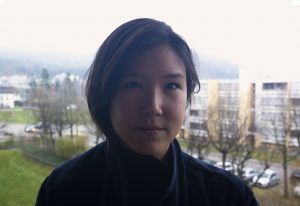
Geocinema consists of art historian Asia Bazdyrieva and film-maker Solveig Suess. Bazdyrieva studied analytical chemistry at the Kyiv National University (2009) and art history at The City University of New York as a Fulbright grantee (2017). Suess completed her undergraduate in Visual Communication at the Glasgow School of Art, with her post- graduate at the Centre for Research Architecture, Goldsmiths University, London (2017). Bazdyrieva and Suess started their collaboration at The New Normal think-tank, Strelka Institute, Moscow (2018). In 2018–19 they were fellows in the global research network Digital Earth.
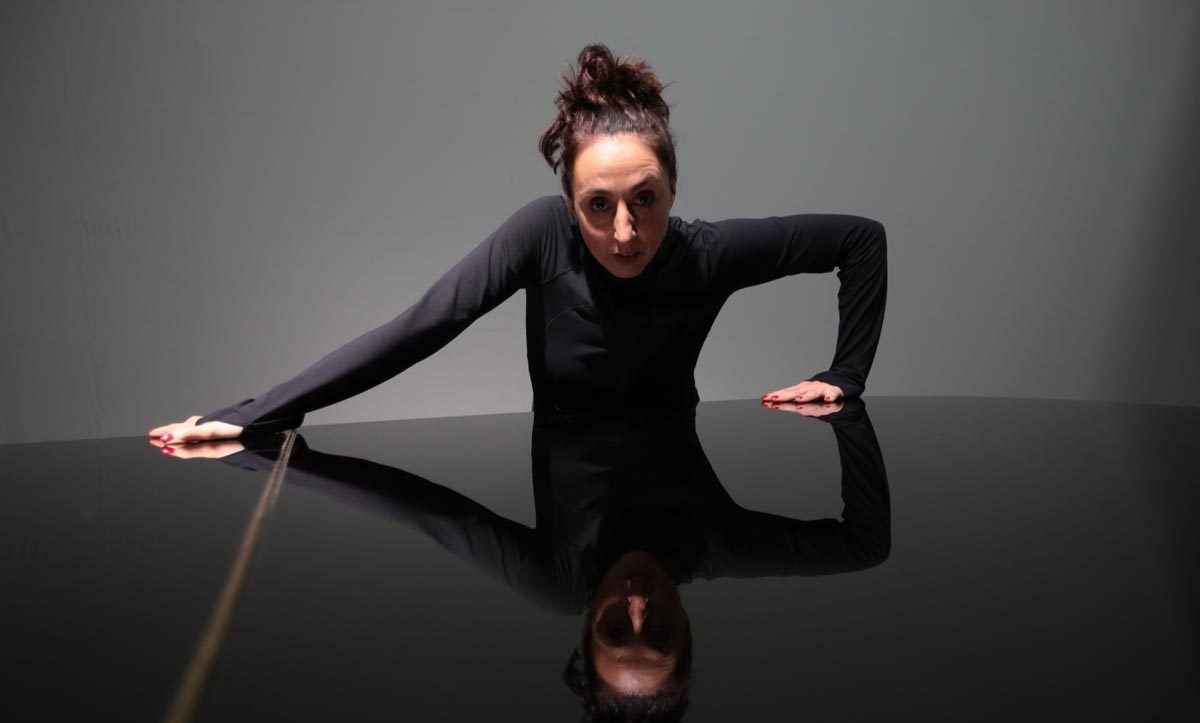
META.MORF X – DIGITAL WILD | FINAL CHAPTER 2021
TRONDHJEMS KUNSTFORENING / March 2021 / Curator: Elena Perez
PIANO & DANCER II
INSTITUTO STOCOS – MURIEL ROMERO [es] / PABLO PALACIO [es]
On stage, a dancer and a piano. There is no pianist. The dancer starts making her choreography and the instrument’s keys move responding to her gestures. The music sounds even if her body does not touch the instrument.
Piano & Dancer II is an interactive dance piece for a dancer and a mechanical piano. The piece presents the dancer and the piano as two performers whose movements are mutually interdependent. Specifically, the music of the piece is produced by the mechanical movements of the piano, which are a real-time response to the gestures and expressiveness of the dancer. In this way, the spectator can perceive acoustically intimate aspects of the dance choreography that are usually hidden through the sound that the movements generate.
Piano and Dancer II is a clear, direct and intuitive work art and technology where two disciplines interact, music and dance, to push each other’s boundaries, supported by state-of-the-art- technology that has been developed following artistic needs. The result is a hybrid form: a finely composed dance performance but also a high quality piece of music.
Piano & Dancer II is curated and produced by Trondhjems Kunstforening in collaboration with Meta.Morf 2020. The previous version of the piece has been shown in a range of European theatre houses. Piano & Dancer II is a new version adapted to the intimate rooms of an art gallery. Special thanks to Institute of Music Technology at NTNU for letting us borrow the mechanical piano.
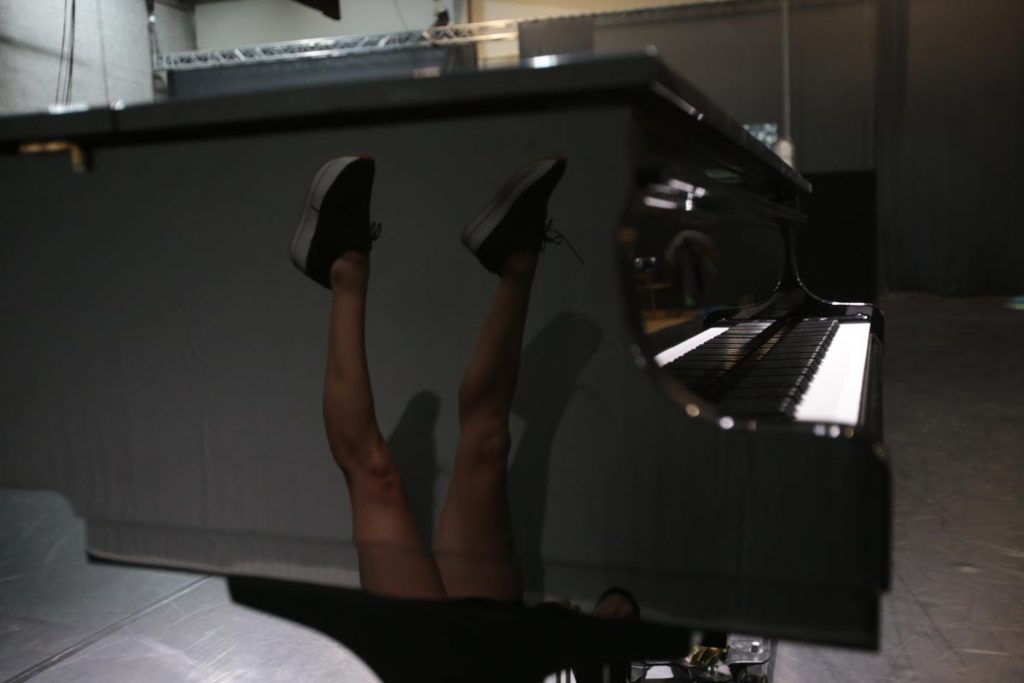
Photo: Gunter Krammer
CHOREOGRAPHY: Muriel Romero
MUSIC: Pablo Palacio
PERFORMANCE: Muriel Romero
SOFTWARE AND INTERACTIVE TECHNOLOGY: Pablo Palacio, and Daniel Bisig.
ARTIFICIAL INTELLIGENCE DESIGN: Daniel Bisig CURATOR and DRAMATURG: Elena Pérez
PRODUCTION: Instituto Stocos, Trondhjems Kunstforening
DISSEMINATION: Trondhjems Kunstforening and Meta.Morf
SUPPORTS: EU ICT H2020, Comunidad de Madrid, La Casa Encendida (Spain), Unterwegs Theater (Heidelberg, Germany), Infomus-Casa Paganini University de Genova (Italy) and Institute for Computer Music and Sound Technology of Zurich (Switzerland).
SUPPORTS for Piano&Dancer II: AC/E Programme for the Internationalization of Spanish Culture (PICE), Trondhjems Kunstforening (TKF) and Trondheim Electronic Arts Centre (TEKS).
INSTITUTO STOCOS
Founded by dancer Muriel Romero, musician Pablo Palacio and media artist Daniel Bisig, Instituto Stocos is a Spanish-based group developing performance works and research at the intersection between body gesture, music and interactive visual imagery. They also seek inspiration in other fields by integrating methods, elements and abstractions from artificial intelligence, biology, mathematics and experimental psychology.
Works they have created are, among others: Acusmatrix (2008), Catexis (2010), Double Bind (2012), Neural Narratives 1: Phantom Limb (2013), Neural Narratives 2: Polytopya (2015), Piano & Dancer (2016), The Marriage of Heaven and Hell (2017) and Oecumene (2019), which recently premiered at Piksel festival in Bergen. All these
works have toured extensively nationally and internationally in both dance and music networks.
The productions utilize tailor-made technologies, often developed as part of large, pioneering European research projects, such as the Horizon 2020 projects WholoDance, Metabody or D.A.N.C.E. These projects have led Stocos to collaborate closely with groups and institutions working with art and science such as Conventry Univerity, Politecnico de Milano, Motek, TMA Hellerau, Hyperbody TU Delft, Brunel University, K Danse and REverso among others. Instituto Stocos also organizes cultural events that disseminate transdisciplinary artistic forms involving new technologies in the field of art and science. The theoretical body they generate is studied in conservatories and universities all over the world.
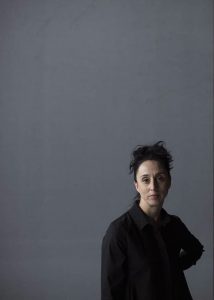
Photo: Ximena Y Sergio
Muriel Romero (Murcia, 1972) is a dancer and choreographer. Her work investigates generative choreographic structures and the incorporation of abstractions taken from other disciplines such as music or mathematics. She has won several international prizes such as Moscow International Ballet Competition, Prix de la Foundation de Paris Prix de Laussane and Premio Nacional de Danza. She has been first soloist in some of the most prestigious companies around the world including Deutsche Opera Berlin, Dresden Semper Opera Ballet, Bayerisches Staatsballet Munchen, Gran Théatre de Genéve and Compañia Nacional de Danza. During her career she has worked with renowned contemporary choreographers such as William Forsythe, Jiří Kylian, Ohad Naharin, Nacho Duato and Saburo Teshigawara. She currently teaches at the Professional Conservatory of Madrid, where she also lives.
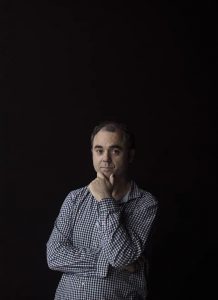
Photo: Ximena Y Sergio
Pablo Palacio (Laredo, 1976) is an independent composer who focuses on algorithmic approaches in music and the sonification of physical movement, currently living in Madrid. His compositions have been performed nationally and internationally, and they are released by the label Sub Rosa in the Anthology of Noise and Electronic Music. He co-directs Instituto Stocos, an interdisciplinary artist-group that creates artworks, develops technologies and publishes research on the interaction between body gesture, music and interactive visual imagery. He has disseminated this work through publications, workshops, and talks in conservatories, university conferences and art institutions such as International Symposium of Movement and Computing, International Computer Music Conference, Missouri State University, and Kunsthall Trondheim among many others.
Header photo: Gunter Krammer
Supported by:
PICE Mobility Grants Accion Cultural Espanola
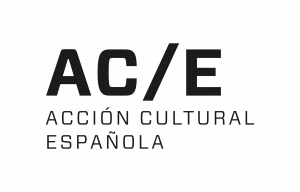
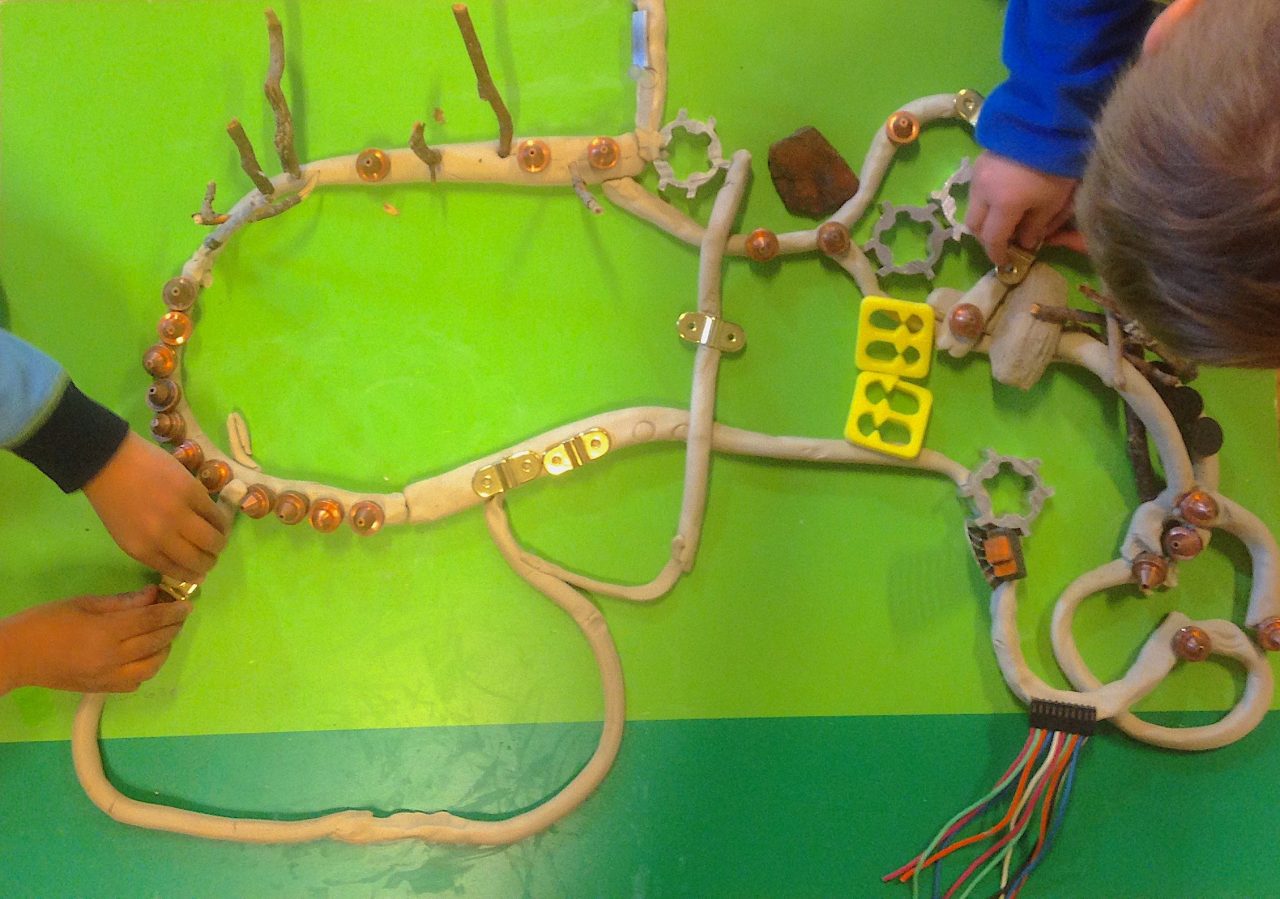
ReMida Trondheim / Olavshallen, October 31 – November 1 & November 7 – 8 / Curator: Pål Bøyesen
SPILLETS REGLER [THE RULES OF THE GAME]
Fairytales are older than books, and today digital gaming is the main intermediary of the eternal battle between the good and the bad. Still, the structure of computer games mostly entail the same kind of dramaturgy as present in the old stories; stereotypical characters loose themselves in different mazes where they have to overcome various dangers in order to receive rewards in the other end.
To limit screen time, kindergartens and schools are setting up time rules. As a consequence a reverse strategy emerge among children, going from digital to analog, where i.e. the world of Pokèmon Go are physical built and while playing become the basis for interaction and creative problem solving.
ReMida – Center for Creative Reuse – will invite groups of children to a central metamorphic space during Meta.Morf 2020 for building an analog game world by the use of recycled materi- als, showing our eternal creative urge to play, breaking the rules and invent new and exciting perspectives.